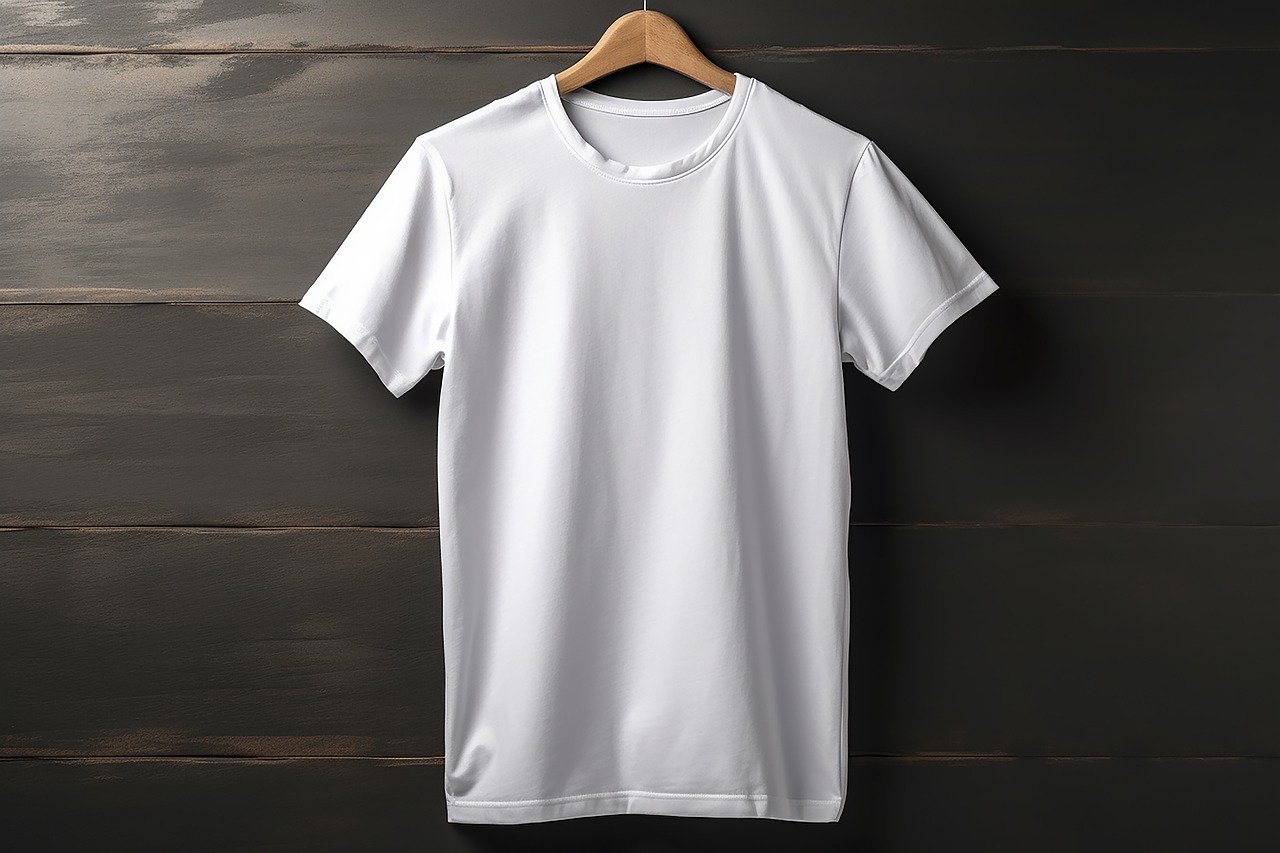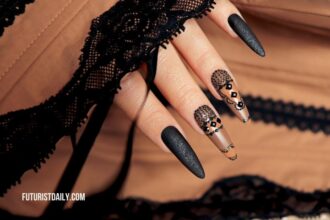Skateboarding is more than just a sport; it’s a culture, a lifestyle, and a creative expression that has influenced fashion, music, and art for decades. A key component of this subculture is the unique and bold fashion choices made by skaters. Among these, design skate shirts have become iconic. From their inception in the 1970s to today’s modern brands, skate shirts have always been a canvas for creativity and self-expression. In this blog post, we will explore everything you need to know about designing skate shirts—from understanding the roots of skate culture to the actual process of creating your own unique designs. Whether you’re a brand owner, a designer, or just someone who loves skate fashion, this guide will walk you through it all.
The Evolution of Skate Shirts
Skate shirts have evolved tremendously since their humble beginnings. In the 1970s and 1980s, skateboarding was closely associated with punk rock, which also influenced the style of design skate shirts. Skaters wanted to rebel against mainstream trends, so they adopted shirts with DIY designs, distressed fabrics, and bold, rebellious graphics. These shirts became synonymous with anti-establishment sentiments and an alternative lifestyle. Brands like Powell-Peralta and Vision Street Wear were pioneers in offering shirts that featured original and sometimes controversial artwork, reflecting the raw attitude of the skateboarding community.
As skateboarding grew in popularity in the 1990s and early 2000s, design skate shirts became more polished, yet still maintained the unique edge that separates them from mainstream fashion. Brands like Supreme, Thrasher, and Stussy emerged, turning skate shirts into streetwear staples. Today, design skate shirts are not only worn by skaters but have crossed over into high fashion, thanks to collaborations with luxury brands and designers. Yet, the core remains the same: skate shirts are an avenue for bold, creative designs that speak to a sense of freedom and individuality.
Elements of a Great Skate Shirt Design
Creating the perfect design skate shirts requires a deep understanding of what makes a skate shirt stand out. It’s not just about slapping a logo onto a blank tee—there’s an art to it. Here are the key elements to consider when designing skate shirts:
Bold and Eye-Catching Graphics
Skate culture thrives on visuals that are striking, edgy, and sometimes provocative. Whether it’s a logo, illustration, or typography, the graphics on a skate shirt must grab attention. Many design skate shirts feature bold color schemes, hand-drawn illustrations, and graffiti-inspired fonts. Skate shirt designs often incorporate elements from pop culture, cartoons, horror, and surrealism, mixing them with skate-related imagery like skateboards, ramps, and urban landscapes.
Comfort and Durability
Skateboarding is physically demanding, so it’s important that design skate shirts are comfortable and durable. The choice of fabric plays a huge role here. Cotton blends, particularly those mixed with polyester, are popular because they provide a good balance between comfort and longevity. Heavyweight cotton is particularly sought after for skate shirts because it can withstand the wear and tear that comes with skateboarding.
Customization and Personalization
One of the reasons design skate shirts are so popular is that they offer endless opportunities for customization. Many brands allow skaters to design their own shirts, picking colors, graphics, and even cuts that suit their personal style. This customization trend is growing, with many skaters opting for one-of-a-kind pieces that represent their individuality.
Brand Identity
Whether you’re designing skate shirts for a brand or for personal use, the identity behind the design is key. Many design skate shirts incorporate brand logos or taglines that reflect the values and style of the brand. For example, Thrasher’s iconic “Skate and Destroy” slogan is instantly recognizable and has become a symbol of the brand’s rebellious attitude. Consistency in design language helps build a strong connection between the shirt and the overall identity of the brand.
Designing Skate Shirts: The Process
Designing your own skate shirts can be an exciting and creative process. Whether you’re a graphic designer or a skate enthusiast looking to start a clothing line, the process is similar. Here’s a step-by-step guide to help you through the design process:
Research and Inspiration
Before you start sketching, research existing design skate shirts to understand what styles and designs are popular. Visit skate shops, browse online stores, and take note of the trends and themes in the current skate fashion world. Are bright colors trending? Do abstract designs dominate? Take inspiration from past skateboarding icons, street art, music, and counterculture movements that have shaped skate fashion over the years.
Choose Your Style and Theme
Once you’ve gathered enough inspiration, decide on the style and theme of your design skate shirts. Do you want to go for a retro, vintage look, or something modern and minimalistic? Do you want your shirts to feature bold, graphic prints or more subtle, detailed illustrations? It’s important to have a clear direction before you start designing.
Create Your Artwork
Now comes the fun part: creating the actual design. Use digital tools like Adobe Illustrator or Photoshop to create your artwork. If you’re not a digital artist, hand-drawn designs work great for design skate shirts as well, and you can easily convert these into digital formats later. Keep in mind the dimensions of the shirt and where you want the design to be placed. Skate shirts often have front-and-center graphics, but designs that wrap around the sleeves or back are also popular.
Select Your Colors
Color plays a huge role in the overall impact of your design skate shirts. Skate culture often embraces bold, contrasting colors, but monochromatic designs can also be effective. Consider the color of the shirt itself—dark colors like black, navy, and grey are staples in skate fashion, but lighter colors like white and pastels are becoming more popular in streetwear.
Print and Produce
Once your design is finalized, the next step is printing. There are various methods available, such as screen printing, heat transfer, or direct-to-garment (DTG) printing. Screen printing is the most traditional method and offers durability and vibrant colors, making it a top choice for many brands producing design skate shirts. However, if you’re looking for small batch production or highly detailed designs, DTG printing might be a better option.
Promote and Sell
After your shirts are printed, it’s time to market them. Many successful design skate shirts are sold through skate shops, online platforms, and even pop-up events. Collaborating with skaters and influencers in the skate community can help you build credibility and spread the word about your designs.
Skate Shirts and Sustainability
In recent years, there’s been a growing interest in sustainable fashion within the skate community. As consumers become more conscious about environmental issues, the demand for eco-friendly design skate shirts has risen. Brands are now focusing on using organic cotton, recycled materials, and sustainable printing techniques. If you’re looking to design skate shirts, consider incorporating sustainability into your brand’s mission. Offering eco-friendly options not only appeals to a broader audience but also positions your brand as one that cares about the planet.
The Future of Skate Shirt Design
As skateboarding continues to evolve and become even more intertwined with mainstream fashion, the future of design skate shirts is exciting. With new technologies like augmented reality (AR) and 3D printing, the possibilities for creativity are endless. Brands are already experimenting with limited-edition releases, interactive shirt designs, and virtual try-ons that allow skaters to experience the product before purchasing. These innovations could push design skate shirts further into the realm of high fashion and technological innovation.
Moreover, with the upcoming Olympic Games featuring skateboarding, there’s bound to be renewed global interest in skate culture, which will likely influence the design skate shirts of tomorrow. We could see more collaborations between skate brands and mainstream fashion houses, blending the rebellious spirit of skateboarding with luxury elements.
Conclusion
In the world of skateboarding, shirts are much more than just a piece of clothing—they are a canvas for self-expression, creativity, and identity. The art of design skate shirts allows for limitless possibilities, combining bold graphics, comfortable materials, and unique brand identities to create apparel that resonates with skaters and fashion enthusiasts alike. Whether you’re a designer, a skater, or simply a fan of skate culture, understanding the history, design process, and future trends of skate shirts will help you appreciate this integral part of skateboarding’s cultural landscape. So go ahead, pick up that pen (or stylus), and start creating your own iconic design skate shirts that will stand the test of time.















